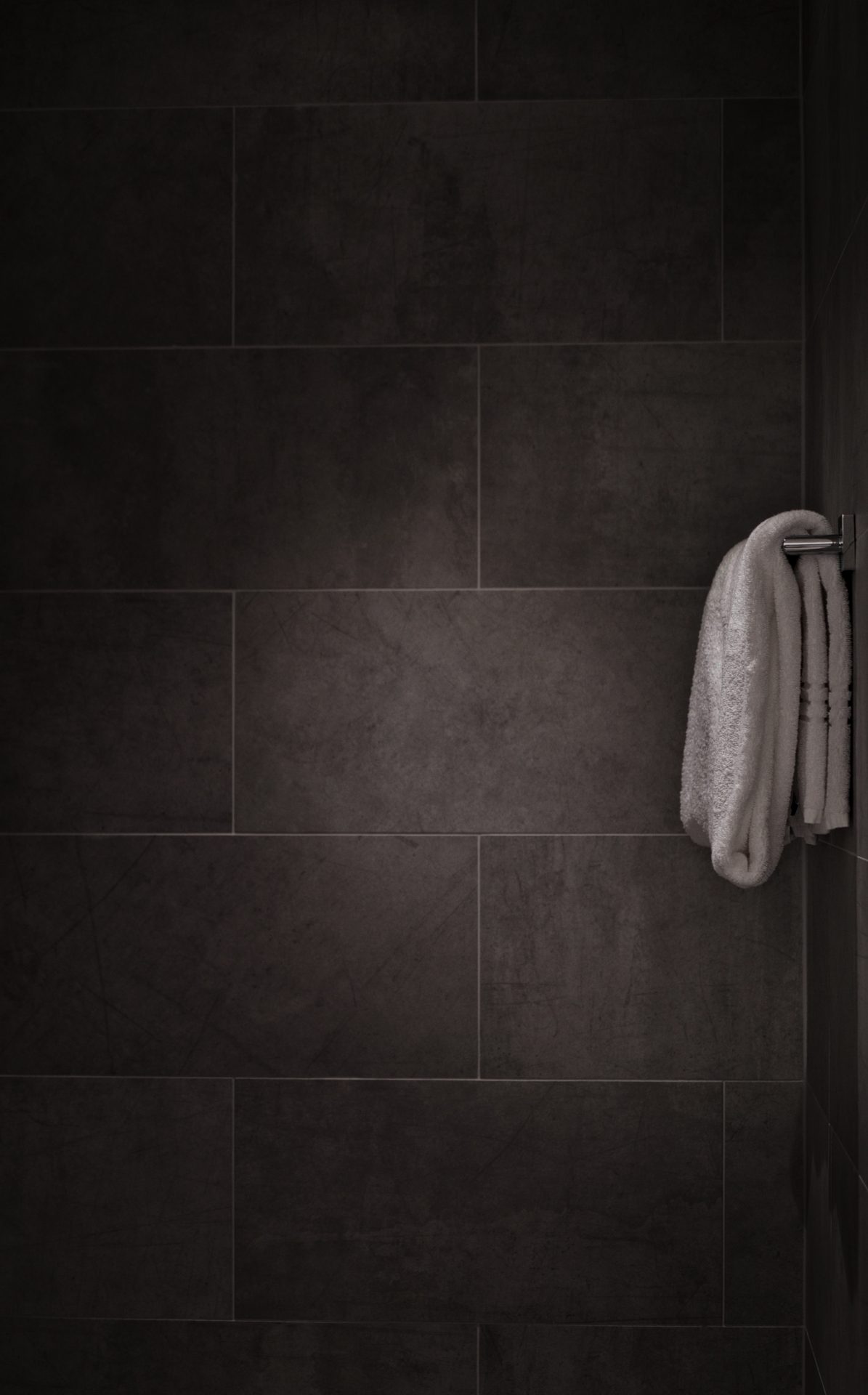I was recently commissioned by Mobility Plus to give my thoughts on what to think about when you’re planning a bathroom that might be used by older people.
Bathrooms are often an afterthought – a joke almost. Somewhere that the unmentionable (giggle) things happen. The loo, the lavvy, the little boys’ room, the cludgee, the john, the potty or the bog. It doesn’t matter what you call it, even if it’s the throne, we don’t give it the respect it deserves. But, think about it, not only do we spend on average one hour and 42 minutes a week behind the bathroom door, but the things we do in there are essential to pretty much everything.
We take it for granted – going to the loo, cleaning our teeth, washing when we feel like it, shaving, and all the other private things we need to do to be happy healthy human beings. Until, that is, we can’t do them effortlessly.

What if you can’t manage to wash yourself, the taps are difficult to turn on, your balance is off and you’re scared of falling? How would it feel if you needed to ask someone to help you every single time you needed to pee? Seemingly trivial issues can quickly cause misery – toppling an aging person away from independence and the life they want to live.
Thinking early about your bathroom – whether you are planning for your own older years or if it’s for a relative – can make all the difference. Rather than waiting until a situation arises and having to make clinical-looking adaptations, consider what you can do now just in case the need arises.
A walk-in shower that has plenty of space is a good way to start. There’s room for a seat – or a helper – and nothing to trip over. A wet room with a partition is another way of achieving this. And if you’ve got enough space, building a bench may negate the need for a shower seat. Stainless steel grab rails can be a chic addition to the design, doubling as towel rails until they are needed. Shower controls both by the door and under the water will allow flexibility and for helpers not to get soaked. Thermostatic controls will ensure the temperature will never reach scalding.
Alternatively, walk-in baths are a good option too for people who think a good soak is essential.
Usually, things such as mirrors and switchers are installed to be used at standing height, but what if a user was sitting down. Can you adapt your design?
It goes without saying that surfaces must be non-slip, but what about the taps and other controls. Lever taps are easier to use if your hands don’t have the grip they used to. No touch flush toilets that operate with built-in sensors might help too.
Lighting is often overlooked. As eyesight deteriorates, ensuring that good lighting with easy switches is available can make life so much more comfortable.
Clearly, in the fortunate position of enjoying good health it’s easy to overlook what others might need in the future. That’s why it’s a good idea to talk to the experts, specialist suppliers such as Mobility Plus have the most-up-to date information about the technologies and developments that are advancing all the time.
